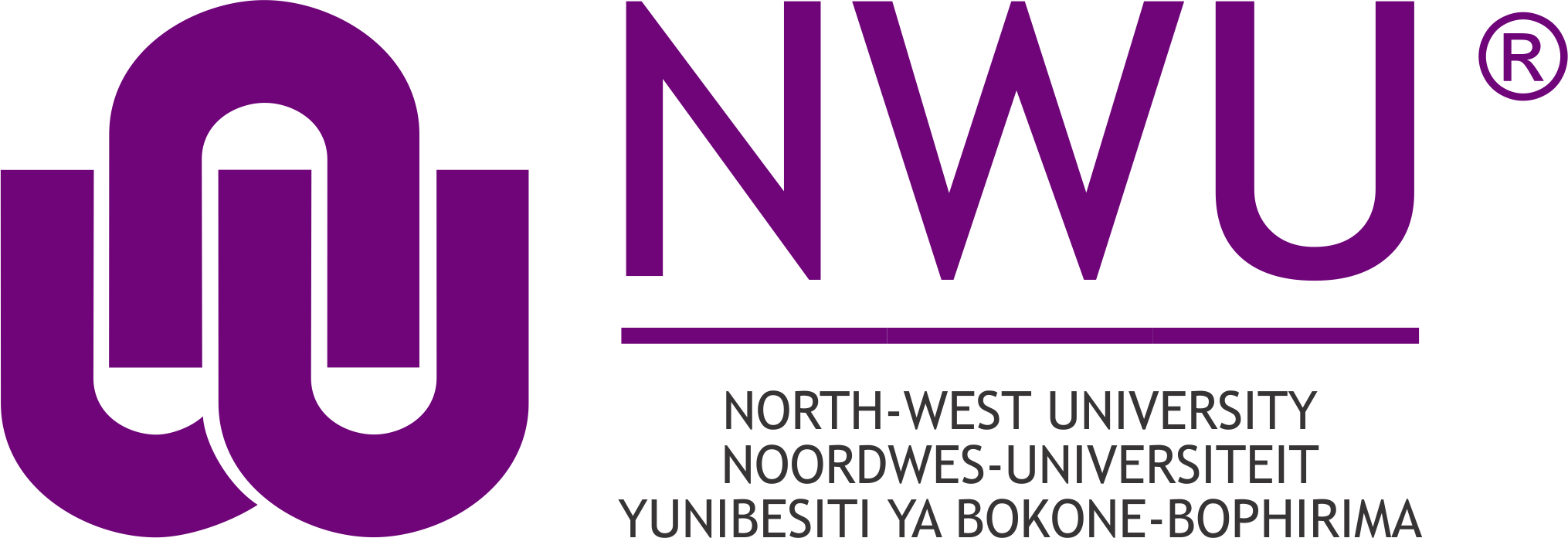NWU solar car now to brave world champions
Nearly a year after the North-West University's solar car became the first African team to cross the finishing line in the World Solar Challenge in Australia, the team will be defending their title as the best in Africa in the local Sasol Solar Challenge - but this time against even stronger international competition.
According to Prof Albert Helberg, team leader, they are not only focusing on competing against local teams this year, but also on rubbing shoulders with world champions such as the Nuon Solar Team of Delft University of Technology in the Netherlands, and the Tokai University of Japan on the podium. For the first time in the history of the Sasol Solar Challenge, both these world champions will be battling it out simultaneously.
From 24 September to 1 October this year, the NWU team's car, the Sirius X25, will once again be competing against 12 other teams in the race from Pretoria to Cape Town. Six of these teams are international teams. "This year's Sasol Solar Challenge has the strongest international representation ever, among others the first and the third place winner of the World Solar Challenge in 2015. The NWU solar car team sees it as a challenge to become the number one South African team on the podium this year," Helberg says.
The NWU-team comprise 25 engineering students who will be participating in this year's 'Challenger Class'. The provisions of this class are that the entered car must have four wheels, may only use solar energy to complete the entire route and may only use a maximum surface area of six square metres of solar panels.
The NWU participated in their first Sasol Solar Challenge in 2012, with only three months' preparation and a very limited budget. Exceeding all expectations, they were the winners of the Olympia Class. They also improved the South African record for the longest distance covered. In addition, they received the coveted International FIA (Federation Internationale de l'Automobile) award for Renewable Energy.
They finished the race in fourth place in 2014 and again improved the record for the South African team by covering the longest distance in a single day.
Helberg says various improvements were made to the new solar car, thus enabling it to perform approximately 20% more effectively. "We are the first users of solar panels that are brand new on the market. We are using solar panel technology of Gochermann, a German company, that has given us exclusive rights to use it this year. Our students developed new electronics and combined with new control systems that make this year's car 4kg lighter than its forerunner, we have a winning car," he says.
Students built the entire Sirius X25 by hand. Several sponsors contributed to the hefty price tag of a little more than R1 million currently hanging on the solar car's steering wheel. This amount represents only the materials, as the students do the construction and the labour without any payment.
Helberg says the biggest improvement since previous competitions is probably their strategy. "We approached students of the subject group Business Mathematics and Informatics (BMI) to build us a system that determines the car's optimum speed, given the road profile and the expected solar energy. The purpose is to find a recipe for optimal performance at minimum energy for the race. They succeeded," says Helberg.
The system broke down the entire route of 2 000km into 100m virtual segments. This then takes into account uphills, downhills, weather variables and altitude to determine exactly which sections of the route must be driven at what speed to minimise the vehicle's energy consumption as best as possible. This has to be done because the batteries may only be charged by the sun and no other external energy sources may be used.
In their first Sasol Solar Challenge in 2012, the team could travel slightly more than 1 000 kilometres. In 2014, during the same competition, slightly more than 2 000 kilometres, and in last year's World Solar Challenge they could cover a little more than 3 000 kilometres. "Even though the direct route is only 2 000km, we are aiming to cover more than 3 200km by travelling additional routes because the race is against time and distance rather than against other teams. The team covering the longest distance over the eight days is crowned the winner."
The Sirius X25 and its batteries weigh a mere 196kg. It can reach a top speed of 135km per hour, is 4.5m long and 1.8m wide. It is built mainly of carbon-fibre, with selected aluminium components.
Students will be the drivers, and each one must weigh less than 80kg. "However, they must not be too light because the driver's weight is adjusted up to 80kg by means of weights. Most of our drivers have the perfect weight; the others still have to shed a kilogram or two," says Helberg.
As in previous years, the Sirius X25 has the theme Proudly South African and will be clothed in a (very thin) national flag.
Please visit the NWU Solar Car team at: Web site: www.nwu.ac.za/solarcar Facebook: https://www.facebook.com/NWUSolarCar/?fref=ts Twitter: @NWUSolarcar YouTube: https://www.youtube.com/user/PUKKEtv
Regular updates will be given on social media during the competition. Please follow them.
